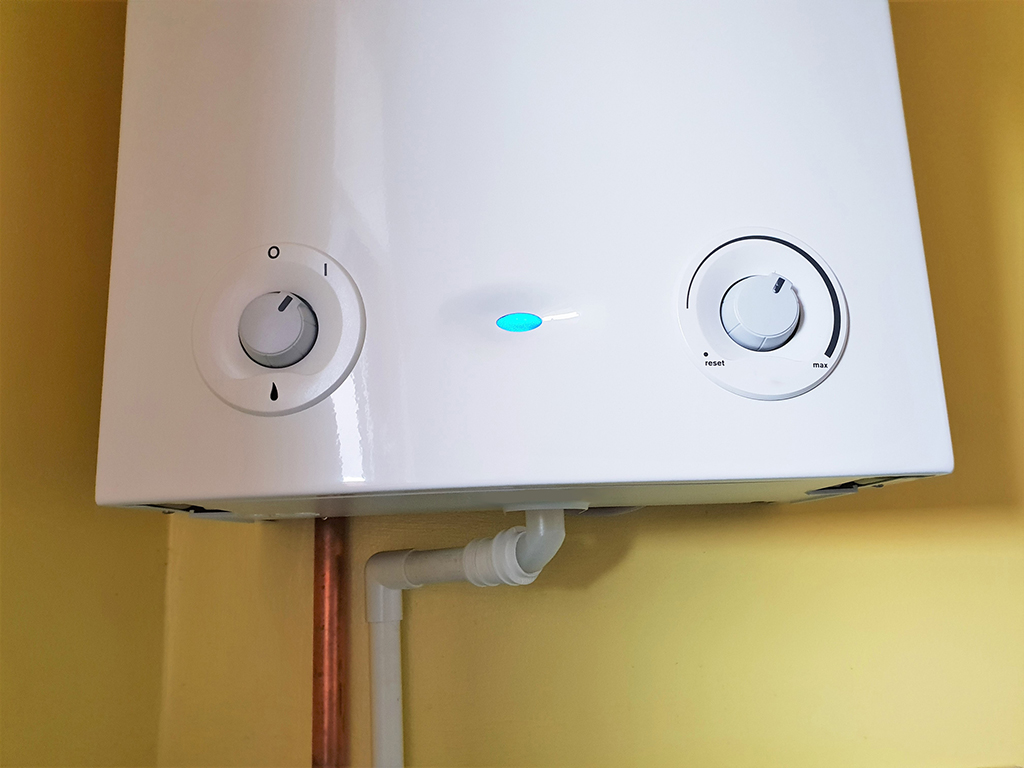
Is a Tankless Water Heater Right for Me? | San Antonio, TX
Photo By mcKensa at istock
Many homeowners in San Antonio, TX, are looking for ways to cut down on their utility bills and take care of the planet. If this sounds like you, it may be worth considering having a tankless water heater installed in your home. If you are finding that your regular tank heater isn’t providing enough hot water for your home or has developed corrosion or another problem, it might be worth replacing it with a tankless system.
What Are the Benefits of Tankless Water Heaters?
There are several key reasons why so many homeowners in San Antonio, TX are making the switch to a tankless system. These include:
- Unlimited hot water when you need it
Unlike traditional systems, tankless systems don’t store hot water. Instead, they heat the water whenever you turn on the faucet, which means you will have hot water delivered immediately to the point of use.
- Greater efficiency
Traditional water heaters with a tank cost more to run because they keep a large amount of water hot all the time ready for use. However, a tankless system only needs energy when you turn the faucet on. This means that it only runs when you are actually using hot water.
You’ll also waste less water with a tankless heater. If you have a system with a tank, the hot water cools down in the pipes when you’re not using it. You’re probably used to having to let the cool water run out before it runs hot. Tankless water heaters mean you’ll get hot water straight away, so you won’t be pouring water (and money) down the drain.
- Greater efficiency
If you take good care of your tankless system, you can expect it to last as long as 20 years. That’s considerably longer than a traditional system with a tank, which will start to develop corrosion and other issues after around 10 years even if you maintain it well.
- Space-saving
Tankless water heaters are much smaller than traditional systems, so they won’t take up too much room in your home. You can have one installed in your mechanical room, but many people who have larger homes need extra units installed near their various points of use to make sure they have enough hot water.
- Reduced flooding risk
It stands to reason that a water heater with a tank presents a higher risk of flooding in your home than a tankless system because it requires you to keep 40 gallons of water stored in your utility room or basement. However, a tankless water heater also only needs around half the amount of piping, which makes leaks and flooding less likely.
- Environmentally friendly
Tankless systems require less energy to run, which makes them a more environmentally friendly option. If you choose a model that runs off electricity, it will produce zero greenhouse gas emissions.
- Federal Tax Rebate
Depending on the model you buy, many tankless systems come with a federal tax rebate of $300. While this won’t offset the higher cost of installing a tankless heater, it’s still a great perk when you combine it with lower energy bills. You should check the model you’re thinking of buying to see if this applies to you.
Potential Drawbacks
Like any plumbing solution, there are also a few drawbacks to this type of water heater that you should be aware of. A tankless system will cost you more than a traditional system, possibly up to three times as much. However, tankless systems often save homeowners money in the long run because they are significantly cheaper to run. You should also bear in mind that, while a single unit should produce enough water to supply a small household, larger homes may need more than one to meet their needs.
Maintaining Tankless Water Heaters
It’s important to maintain your tankless system regularly. This will help to keep it running smoothly, prevent costly repair bills and prolong its life for as long as possible.
Flushing your unit is one of the two key maintenance tasks you need to carry out to keep your heater in good working order. This process is sometimes referred to as descaling. Flushing removes any limescale buildup which could otherwise damage your unit, and how often you do it depends on how hard the water is in your area. Harder water means more limescale, so you will need to flush your heater more regularly. Generally, you should aim to flush tankless water heaters every six months to two years.
Some tankless systems also have a sediment screen to stop large pieces of debris from reaching the unit, which could cause damage. While you shouldn’t need to replace this filter at any point during the life of your heater, it needs to be cleaned every so often to keep it working properly. You can find out where your filter is located by checking the manufacturer’s handbook.
While some homeowners try to maintain their tankless system themselves, if you’re at all unsure about how to do it or don’t have the time, you can hand the job over to a professional. A San Antonio, TX plumber can offer you regular maintenance services to keep your tankless system in good condition.
The Bottom Line
Tankless water heaters can be a great option if you want to slash your energy bills while doing your bit for the planet. Many homeowners find them a more practical solution than traditional systems with a tank. If you think a tankless water heater sounds like a good option for you and your family, contact bluefrog Plumbing & Drain in San Antonio, TX to find out how we can help you with all aspects of installation and maintenance.











